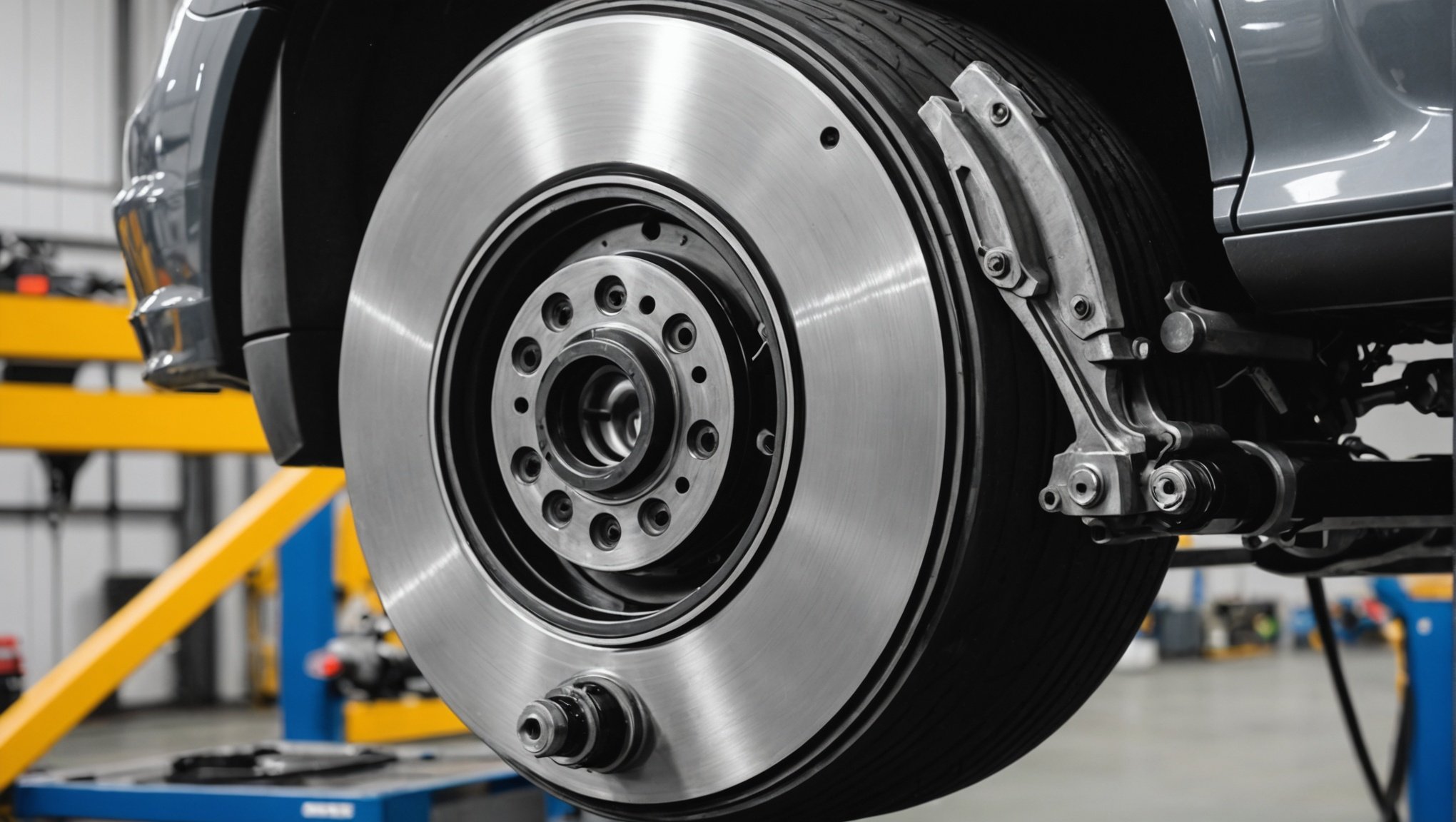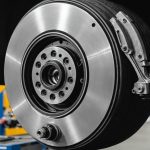Properly testing and adjusting the alignment of high-performance brake systems are crucial for maintaining vehicle safety and ensuring optimal braking performance. This process helps avoid unnecessary wear and ensures the system functions at its peak efficiency. Ignoring this crucial maintenance aspect can lead to significant safety hazards and increased repair costs.
Understanding the Components of High-Performance Brake Systems
Understanding the components of high-performance brake systems is the first step in testing and adjusting their alignment. These systems are typically more sophisticated than standard braking systems and include disc brakes, brake pads, brake discs, brake fluid, brake calipers, and rotors. Each of these components plays a critical role in the overall function and efficiency of the braking system.
This might interest you : What are the guidelines for safely transporting electronic devices in vehicles?
Brake Pads and Brake Discs
Brake pads press against the brake discs (or rotors) to create the friction necessary for stopping your vehicle. High-performance brake pads are designed to withstand higher temperatures and provide superior stopping power. Consistent pad wear is essential for maintaining balance and braking safety.
Brake Fluid and Hydraulic Brakes
Brake fluid is a critical component in hydraulic brake systems, which are common in high-performance vehicles. This fluid transfers the force from the brake pedal to the brake calipers, which then squeeze the brake pads against the discs. Regularly checking and maintaining brake fluid levels is vital for ensuring responsive braking.
In the same genre : How can you verify the effectiveness of a vehicle’s lane-departure warning system?
Brake Calipers and Rotors
Brake calipers house the brake pads and are responsible for pressing them against the rotors. The rotors, or brake discs, are what the pads grip to stop the wheels from turning. Ensuring that the calipers and rotors are properly aligned is crucial for effective braking. Misalignment can lead to uneven pad wear, reduced performance, and potential safety hazards.
Precautions Before Testing High-Performance Brake Systems
Before diving into the testing and adjustment process, taking certain precautions can save time and prevent potential issues. Understanding the specific requirements and limitations of your high-performance braking system will yield the best results.
Inspect for Wear and Damage
Start by thoroughly inspecting all brake system components for any signs of wear or damage. This includes checking the brake pads, discs, calipers, and brake fluid. Look for uneven pad wear, cracks in the discs, or leaks in the brake fluid lines. Identifying and addressing these issues beforehand will help avoid further damage during testing and adjustment.
Ensure Proper Working Conditions
Conduct the testing and adjustments in a controlled environment. Poor driving conditions, such as wet or uneven surfaces, can affect the accuracy of your tests. Ideally, perform these tasks in a clean, dry, and flat area. Make sure you have all necessary tools and equipment readily available to avoid interruptions.
Safety Measures
Always prioritize safety. Wear protective gear such as gloves and eye protection. Secure the vehicle on a flat surface and use wheel chocks to prevent any movement. It’s advisable to have a second person to assist you, ensuring additional safety and efficiency.
Testing the Alignment of High-Performance Brake Systems
Testing is an essential step for ensuring your high-performance brake system is functioning correctly. This involves a series of checks and measurements to ascertain the condition and performance of the braking components.
Road Testing
One of the most effective ways to evaluate your braking system is through a road test. Begin by driving at a moderate speed and apply the brakes gently. Observe any unusual noises, vibrations, or pulling to one side. These could indicate issues with brake alignment or component wear. Gradually increase speed and apply the brakes more firmly, noting any changes in performance.
Brake Pedal Sensitivity
Pay close attention to the sensitivity and response of the brake pedal. A spongy or unresponsive pedal can signal issues within the hydraulic brake system, such as air in the brake lines or low brake fluid. Ensure the pedal feels firm and responsive, providing immediate stopping power.
Measuring Brake Disc Thickness
Using a micrometer, measure the thickness of the brake discs at several points. Uneven wear or thinning can affect braking performance and safety. Compare your measurements with the manufacturer’s specifications to determine if the discs need to be replaced or resurfaced.
Adjusting the Alignment of High-Performance Brake Systems
After identifying any issues through testing, the next step is to make necessary adjustments to ensure optimal alignment and performance. This process requires precision and attention to detail.
Adjusting Brake Calipers
Misaligned brake calipers can cause uneven wear on brake pads and reduce braking efficiency. To adjust, loosen the caliper mounting bolts slightly and align the caliper so that the brake pads make even contact with the brake discs. Once aligned, tighten the bolts to the manufacturer’s specified torque.
Bleeding the Brake Lines
Air trapped in the brake lines can compromise the hydraulic braking system’s efficiency. Bleeding the brake lines removes this air, ensuring consistent brake fluid pressure. This process involves opening the bleeder valve on each brake caliper and allowing the old brake fluid and air bubbles to escape while adding new brake fluid to the master cylinder.
Checking and Adjusting Wheel Alignment
Proper wheel alignment is crucial for maintaining the alignment of the brake system. Misaligned wheels can cause the vehicle to pull to one side during braking. Use wheel alignment tools to check the vehicle’s toe, camber, and caster angles. Adjust these angles according to the manufacturer’s specifications to ensure even braking and tire wear.
Regular Maintenance for Sustained Performance
Regular maintenance is key to ensuring the longevity and performance of your high-performance brake system. This not only enhances safety but also saves on longer-term repair costs.
Routine Inspections
Incorporate routine inspections into your vehicle maintenance schedule. Regularly check the condition of brake pads, discs, calipers, and fluid. Look for any signs of wear, corrosion, or leaks. Addressing issues early can prevent more significant problems down the line.
Fluid Changes
Brake fluid degrades over time, reducing the effectiveness of your hydraulic braking system. Regularly changing the brake fluid, as recommended by the manufacturer, will ensure optimal performance. Use high-quality brake fluid suitable for high-performance systems to maintain peak braking efficiency.
Professional Service
While DIY maintenance is beneficial, seeking professional service from time to time is advisable. Certified technicians have the expertise and equipment to conduct thorough inspections, adjustments, and repairs. They can identify issues that may not be apparent during routine checks and provide specialized care for your high-performance brake system.
Testing and adjusting the alignment of high-performance brake systems require careful attention to detail and a thorough understanding of the components involved. By taking the necessary precautions, conducting comprehensive tests, and making precise adjustments, you can ensure that your brake system operates at peak performance. Regular maintenance and professional service will help sustain this performance, keeping you and your vehicle safe on the road.
Ensuring your brake system is properly aligned and maintained will enhance your vehicle’s stopping power, improve brake safety, and extend the life of your braking components. Stay vigilant, and prioritize regular checks and adjustments to enjoy a safe and efficient driving experience.











